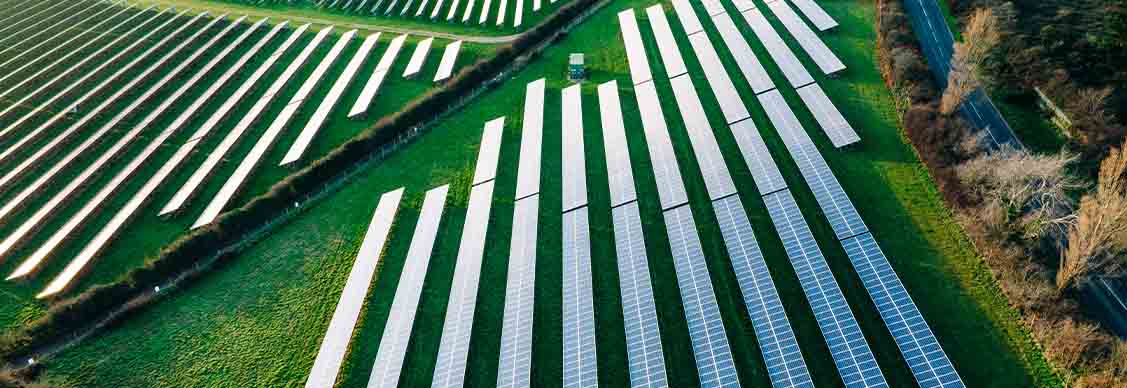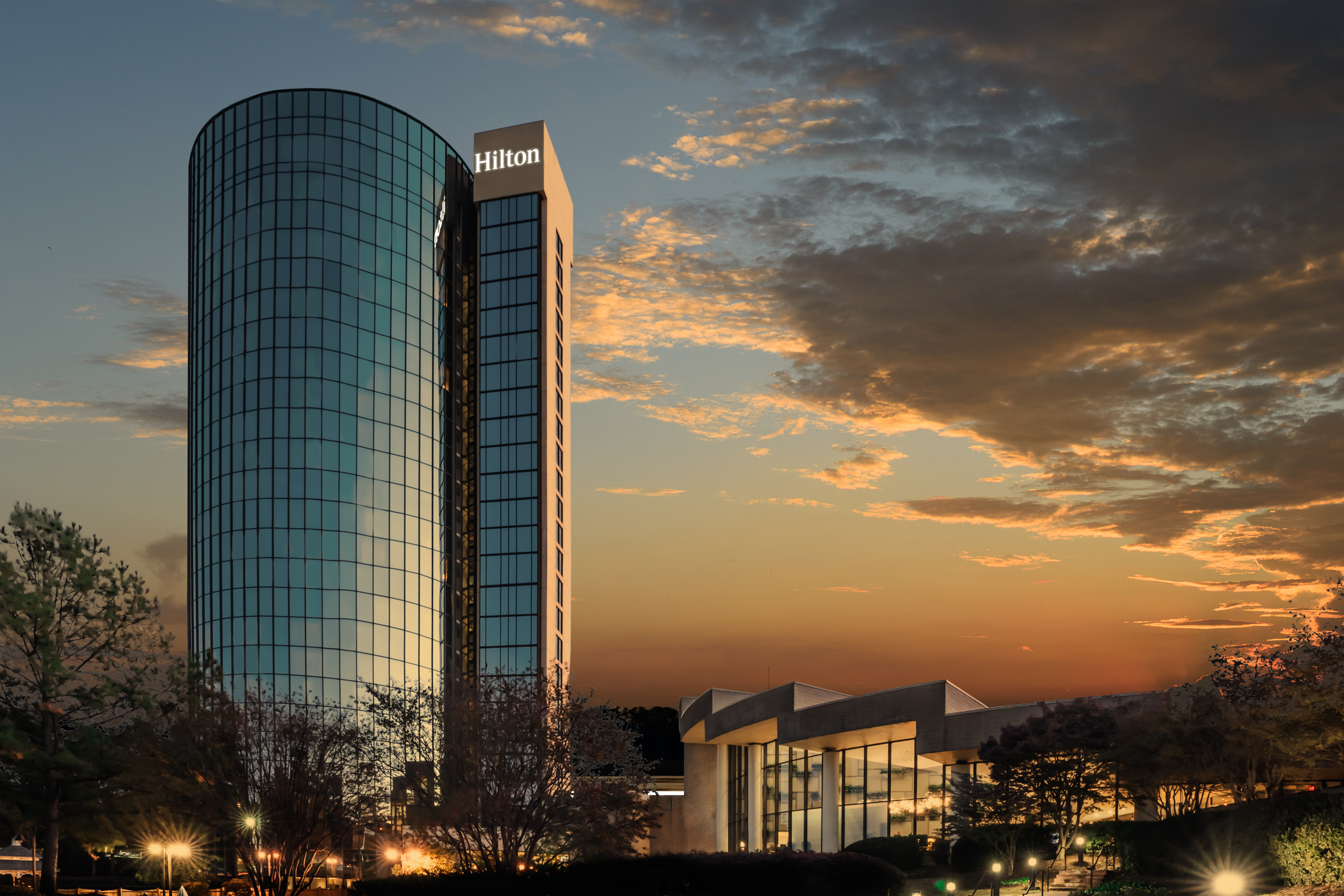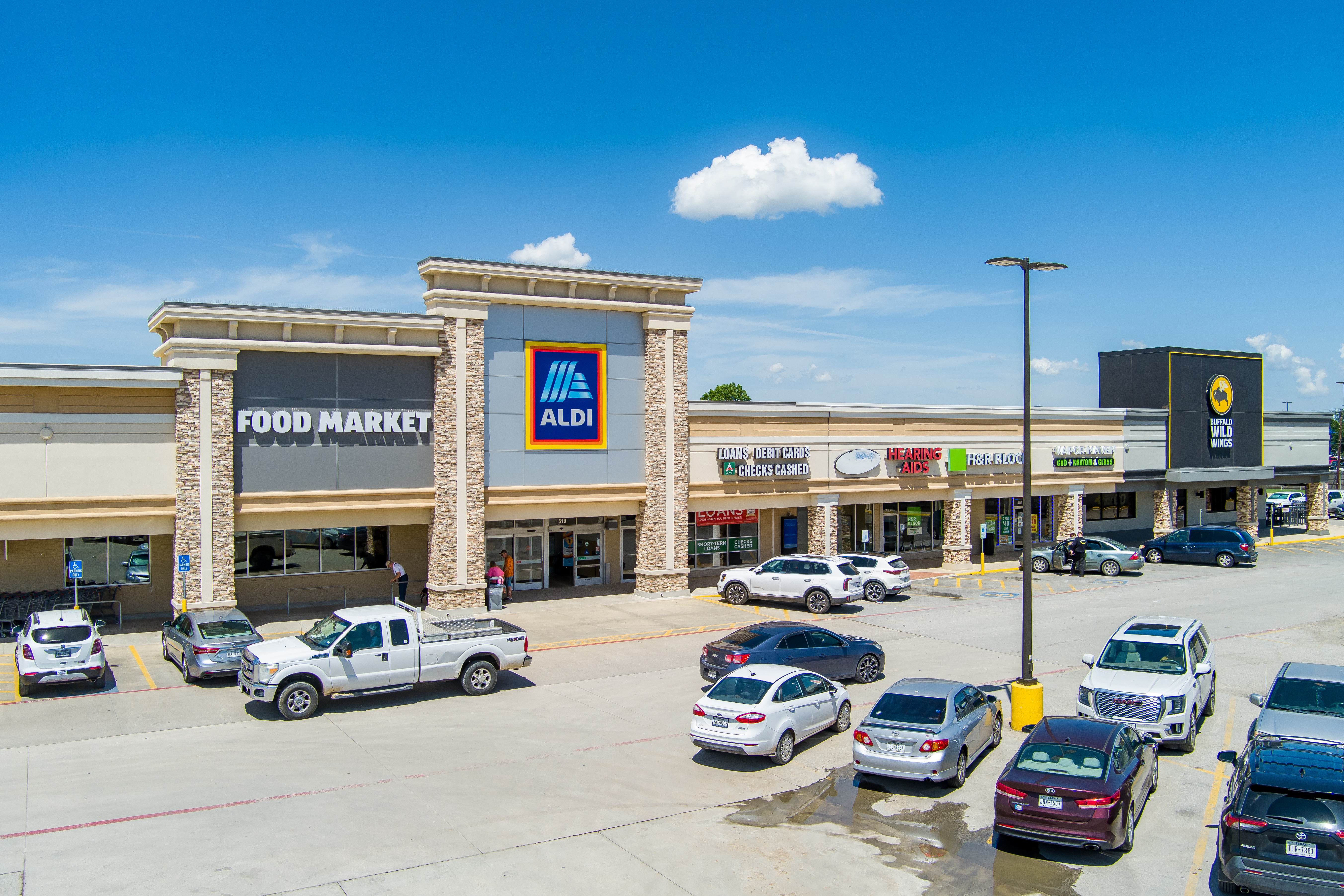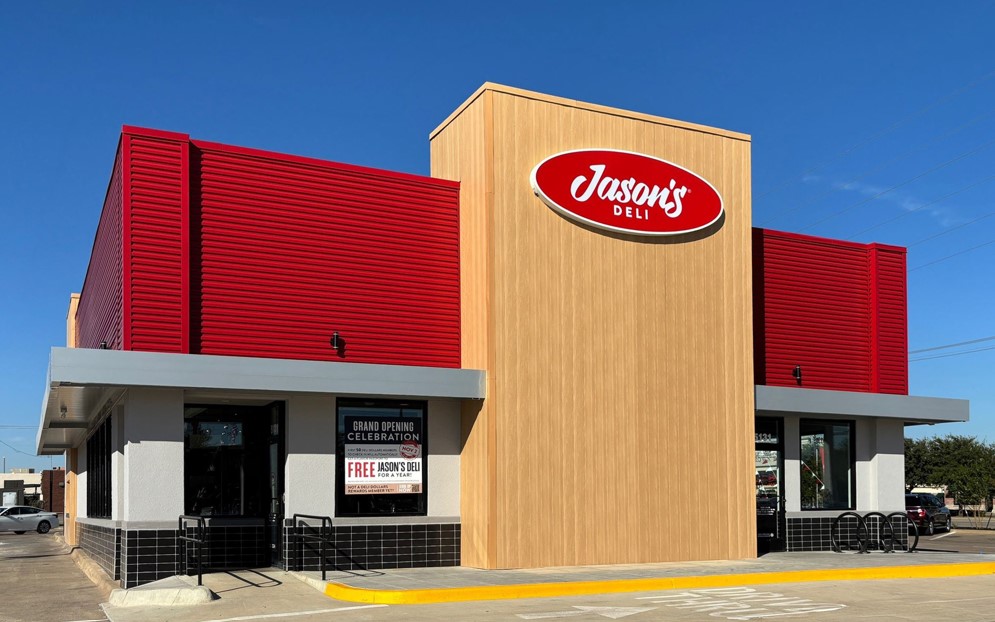How renewables projects are affecting farm owners
More rural property owners are being approached for their land amid the race to net zero
A report from the International Renewable Energy Agency (IRENA) late last year warned “immediate, radical collective action” is needed to triple global renewable power capacity to 11,000 gigawatts and double average annual energy efficiency by 2030.
But for farmers and other owners of swathes of land participating in this is easier said than done.
The journey to a more renewable future requires many of them to either sell or lease their land to solar, wind farm, or hydro developers, or public authorities.
For landowners, this is difficult because it means either forsaking property that has been held in their family for generations, dealing with disturbances to their agricultural operations, or accepting the visual blight of vast solar arrays, wind turbines, or transmission lines.
Looking for more insights? Never miss an update.
The latest news, insights and opportunities from global commercial real estate markets straight to your inbox.
“In Australia, we need to build 10,000 kilometres of new transmission lines to get to a target of net zero by 2050. And that's where a lot of the social issues arise,” says Jamahl Waddington, head of infrastructure advisory, JLL, speaking on JLL’s Perspectives podcast. “That’s a lot of new development, a lot of communities affected, a lot of properties impacted and a lot of stakeholders to be listened to.”
In the U.S., jurisdictions like California and New York are moving to take over supervision of large projects from local governments to speed the pace of projects. Add to that the rate at which private investors are seeking permits to build has more than doubled because of federal legislation in the U.S. three years ago.
This pressure to move fast means some renewables developers are not doing the legwork that leads to the required result, says Larry Susskind, professor of urban and environmental planning at the Massachusetts Institute of Technology. This means extensive consultation with landowners, ideally mediated, to hear their concerns and adequately compensate them.
Susskind and his colleagues found 53 major wind, solar and geothermal energy projects in the U.S. were delayed or blocked between 2008 and 2021 due to public objection.
Investment Opportunities
“They (developers) are hiring consultants who are doing an air photo interpretation (of farmers’ rural landholdings),” Susskind says. “They're not even going to the place, let alone embedding themselves in the place. We now have this crash going between people who want to go fast, faster than ever, and landowners.
Listen to the podcast to hear Susskind, Waddington, and Will Gurry, head of agribusiness - value and risk advisory, JLL, discuss how landowners are navigating compensation amid a renewables surge.
연락처 Jamahl Waddington
Head of Infrastructure Advisory, JLLWhat’s your investment ambition?
Uncover opportunities and capital sources all over the world and discover how we can help you achieve your investment goals.




